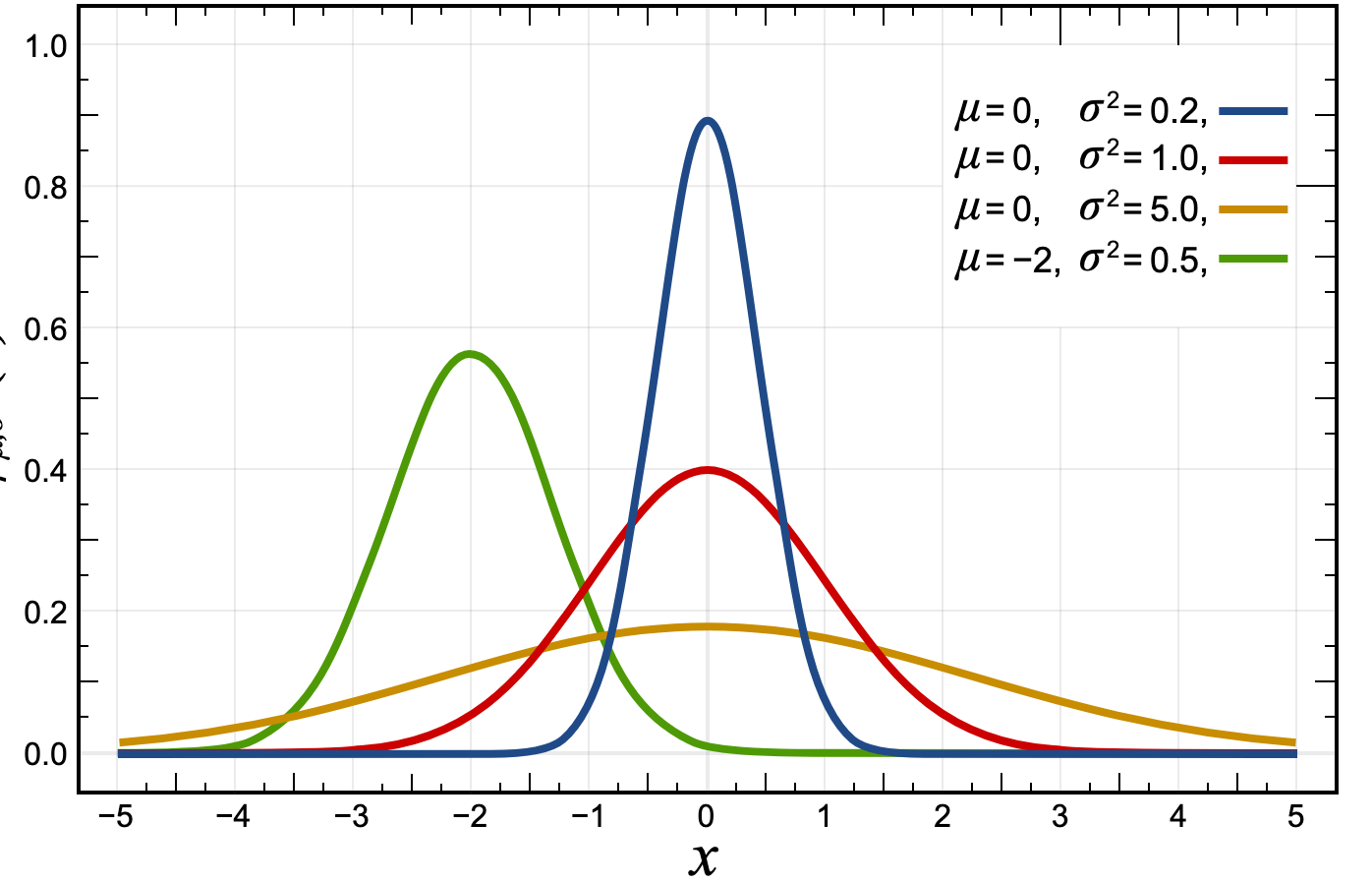Let us consider the semi-direct product
Then consider the faithful group action via
and
Also, this group action will preserve norm, i.e.
It is faithful since
Now let us consider the probability density function of standard normal distribution or unit normal distribution.
As you can see, the probability density function of normal distribution is just the orbit
Compare it with
Since all the probability density function of standard normal distribution is just the orbit of
Hence there is only one orbit of this group action, hence it is transitive action.
So the so called Normalization is just consider



